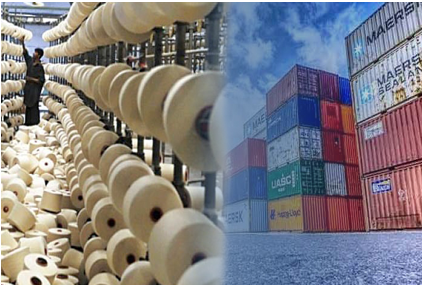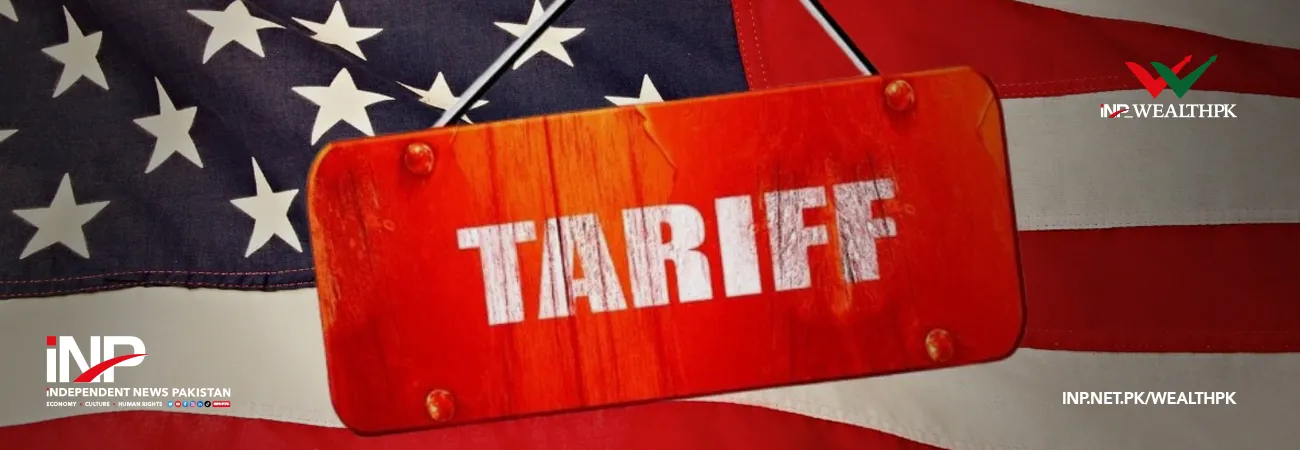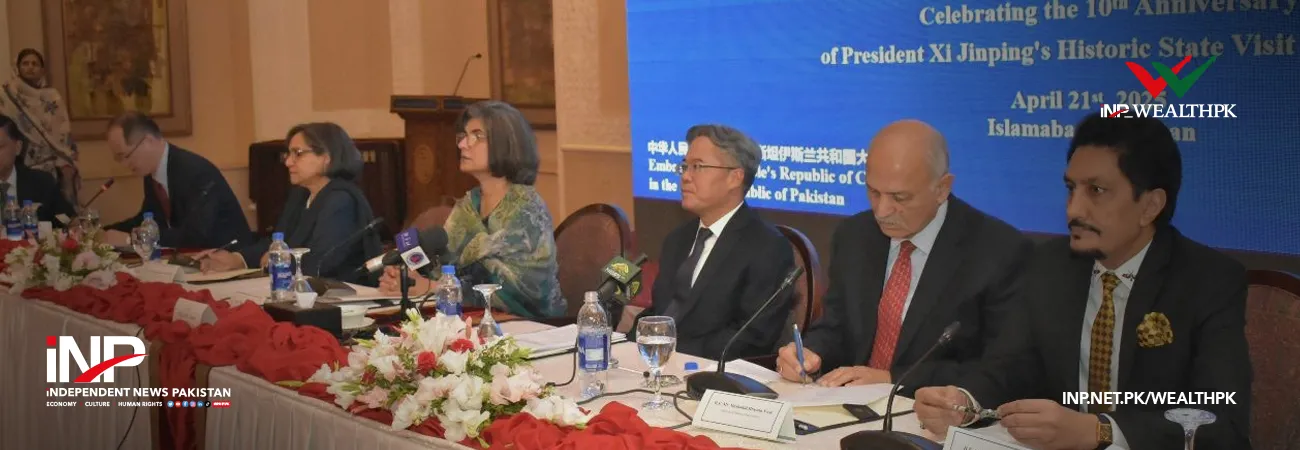INP-WealthPk
Hamza Ali
The 90-day negotiation period signifies a crucial juncture in Pak-US textile trade relations. This period began following extensive discussions under the Trade and Investment Framework Agreement (TIFA) wherein both nations pledged to a unified approach aimed at enhancing economic cooperation and addressing trade-related challenges.

Speaking with WealthPK, Muhammad Zakarya, Deputy Manager of Planning at Al Rahim Textile Industries, said, "If Pakistan fails to secure a favorable trade deal within the 90-day window, the consequences could be severe, ranging from the loss of US market access and export orders to the rising pressure on foreign reserves and shaken investor confidence. Yet, this moment also presents a rare opportunity to reposition Pakistan globally.
By negotiating smart, diversifying markets, embracing green and ethical branding, and investing in compliance and value addition, the textile sector can not only survive but also thrive. The future hinges on how boldly and strategically we respond to this challenge." The United States continues to be Pakistan's top export destination, especially for textiles and clothing, which make up a significant portion of Pakistan's exports to the US.
The textile industry, employment rates, and general economic health of Pakistan are anticipated to be significantly impacted by the outcome of these negotiations. Therefore, the choices made during this time will have a significant impact on how Pakistan-US business relations develop in future. Talking to WealthPK, Muneeb Shah, a researcher at the Islamabad Policy Research Institute (IPRI), said, “As the structure of the proposed tariffs has not been disclosed, two possible scenarios emerge.
The first one is to wait, as the tariff move is more like a strategic signal, and we should wait until the US position becomes clearer, as the history of trade wars is not promising. The second scenario is to balance trade with the US by applying a reciprocal tariff – increasing imports of American goods with moderate or meagre import tariffs to reduce trade deficit and create a more suitable environment for negotiations.
The foundation of a broader FTA or PTA can be laid over time, which might include duty-free access for certain American goods for tariff concessions on Pakistani exports.” The 90-day bargaining window has put Pakistan's textile industry at a crucial point. Just as tempting as the risks of doing nothing — potential losses in market share, investor confidence, and foreign exchange — is the opportunity to restart and restructure economic relations with the United States.
Whether through strategic patience or proactive trade balancing, the choices made during this window will impact the future growth of Pakistan's textile industry. Now, a decisive action, cohesive policymaking, and clear direction are needed to turn an imminent issue into a long-term benefit.
Credit: INP-WealthPk













